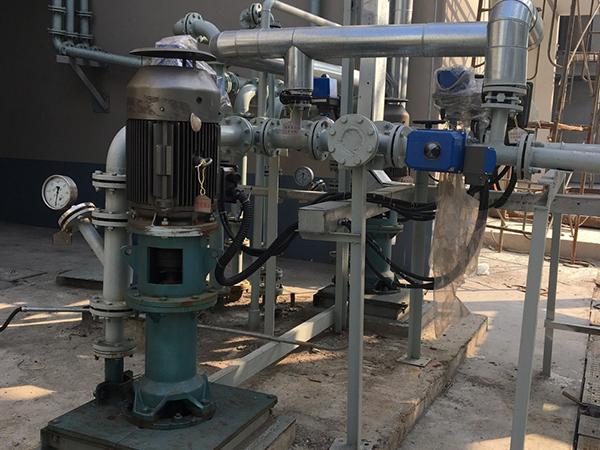English
- Afrikaans
- Albanian
- Amharic
- Arabic
- Armenian
- Azerbaijani
- Basque
- Belarusian
- Bengali
- Bosnian
- Bulgarian
- Catalan
- Cebuano
- Corsican
- Croatian
- Czech
- Danish
- Dutch
- English
- Esperanto
- Estonian
- Finnish
- French
- Frisian
- Galician
- Georgian
- German
- Greek
- Gujarati
- Haitian Creole
- hausa
- hawaiian
- Hebrew
- Hindi
- Miao
- Hungarian
- Icelandic
- igbo
- Indonesian
- irish
- Italian
- Japanese
- Javanese
- Kannada
- kazakh
- Khmer
- Rwandese
- Korean
- Kurdish
- Kyrgyz
- Lao
- Latin
- Latvian
- Lithuanian
- Luxembourgish
- Macedonian
- Malgashi
- Malay
- Malayalam
- Maltese
- Maori
- Marathi
- Mongolian
- Myanmar
- Nepali
- Norwegian
- Norwegian
- Occitan
- Pashto
- Persian
- Polish
- Portuguese
- Punjabi
- Romanian
- Russian
- Samoan
- Scottish Gaelic
- Serbian
- Sesotho
- Shona
- Sindhi
- Sinhala
- Slovak
- Slovenian
- Somali
- Spanish
- Sundanese
- Swahili
- Swedish
- Tagalog
- Tajik
- Tamil
- Tatar
- Telugu
- Thai
- Turkish
- Turkmen
- Ukrainian
- Urdu
- Uighur
- Uzbek
- Vietnamese
- Welsh
- Bantu
- Yiddish
- Yoruba
- Zulu
Telephone: +86 13120555503
Email: frank@cypump.com
Nov . 23, 2024 18:28 Back to list
sewage ejector
Understanding Sewage Ejectors An Essential Component of Modern Plumbing
Sewage ejectors play a crucial role in modern plumbing systems, particularly in areas where gravity drainage is not feasible. These devices are designed to pump wastewater and sewage from lower levels of a building to a higher elevation, allowing it to flow into the main sewer line. Understanding the functionality, design, and maintenance of sewage ejectors can help homeowners and builders ensure an efficient plumbing system.
How Sewage Ejectors Work
Sewage ejectors consist of a pump, a basin, and a float switch. The basin, or pit, is installed below the level of the sewage line and collects wastewater from sinks, toilets, and other plumbing fixtures. When the wastewater reaches a predetermined level, the float switch activates the pump, which then ejects the sewage upward through a discharge pipe. The pump creates suction to move the waste, facilitating its journey into the municipal sewer line or a septic system.
Types of Sewage Ejectors
There are several types of sewage ejectors available on the market, each suited for different applications
. The most common types include1. Submersible Sewage Ejectors As the name suggests, these pumps are submerged in the sewage basin. They are ideal for homes with limited space as they operate quietly and efficiently below ground.
sewage ejector

2. Pedestal Sewage Ejectors These pumps are positioned above the basin and are ideal for larger wastewater handling. The motor is elevated, making it easier to service but taking up more vertical space.
3. Grinder Pumps These are a specialized type of sewage ejector equipped with grinders that break down solids in the wastewater. This is particularly useful for handling waste from kitchen sinks and laundry facilities, where solid waste can be more prevalent.
Importance of Sewage Ejectors
Sewage ejectors are essential in preventing sewage backups, which can lead to property damage, health hazards, and costly repairs. They ensure that wastewater is efficiently transported away from the home, maintaining a sanitary environment. Additionally, they are crucial in many commercial applications, including restaurants and industrial facilities, where large volumes of wastewater are generated.
Maintenance and Troubleshooting
Maintaining a sewage ejector is vital for its optimal performance. Regular inspections should be conducted to ensure the pump is functioning correctly and free from blockages. Homeowners should check the float switch for proper operation and clean the basin periodically to prevent buildup. Common signs of issues include slow drainage, unusual noises, or the presence of sewage backups. If problems persist, it is advisable to consult a professional plumber.
In conclusion, sewage ejectors are indispensable components of modern plumbing systems, ensuring the effective disposal of wastewater and protecting against potential health risks. Understanding their operation and maintenance will help homeowners appreciate the importance of this technology and promote a more sanitary living environment.
-
ISG Series Vertical Pipeline Pump - Chi Yuan Pumps Co., LTD.|Advanced Hydraulic Design&Energy-Efficient Solutions
NewsJul.30,2025
-
ISG Series Vertical Pipeline Pump - Chi Yuan Pumps Co., LTD.
NewsJul.30,2025
-
ISG Series Vertical Pipeline Pump - Chi Yuan Pumps Co., LTD.|energy-efficient fluid handling&industrial durability
NewsJul.30,2025
-
ISG Series Vertical Pipeline Pump - Chi Yuan Pumps | Advanced Engineering&Industrial Efficiency
NewsJul.30,2025
-
ISG Series Pipeline Pump - Chi Yuan Pumps | High Efficiency, Energy Saving
NewsJul.30,2025
-
ISG Series Vertical Pipeline Pump-Chi Yuan Pumps|High Efficiency&Reliable Performance
NewsJul.29,2025










